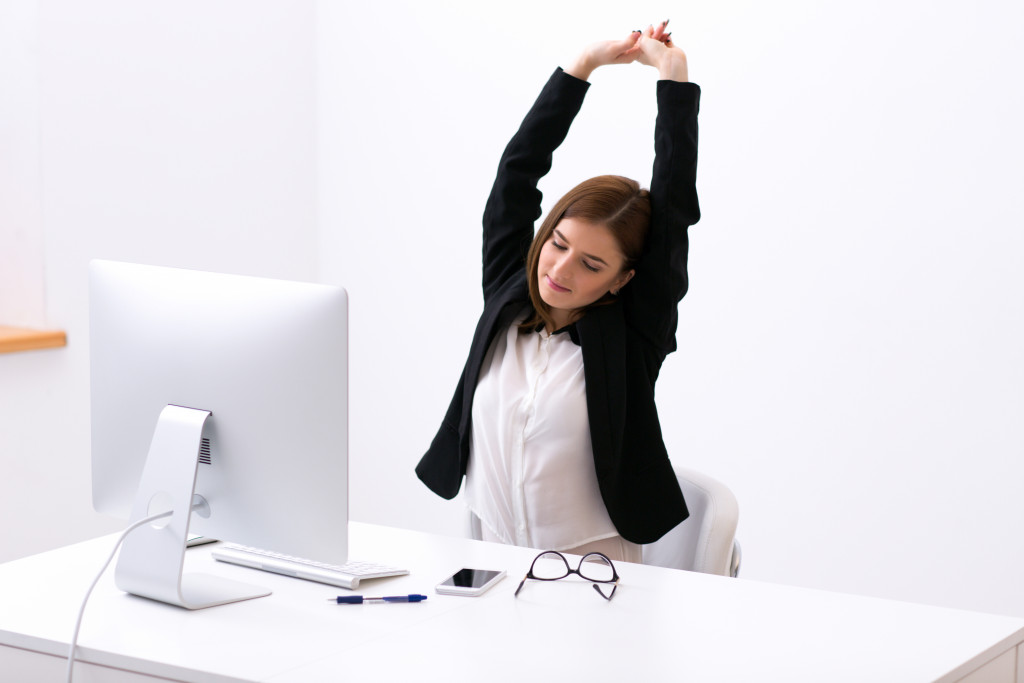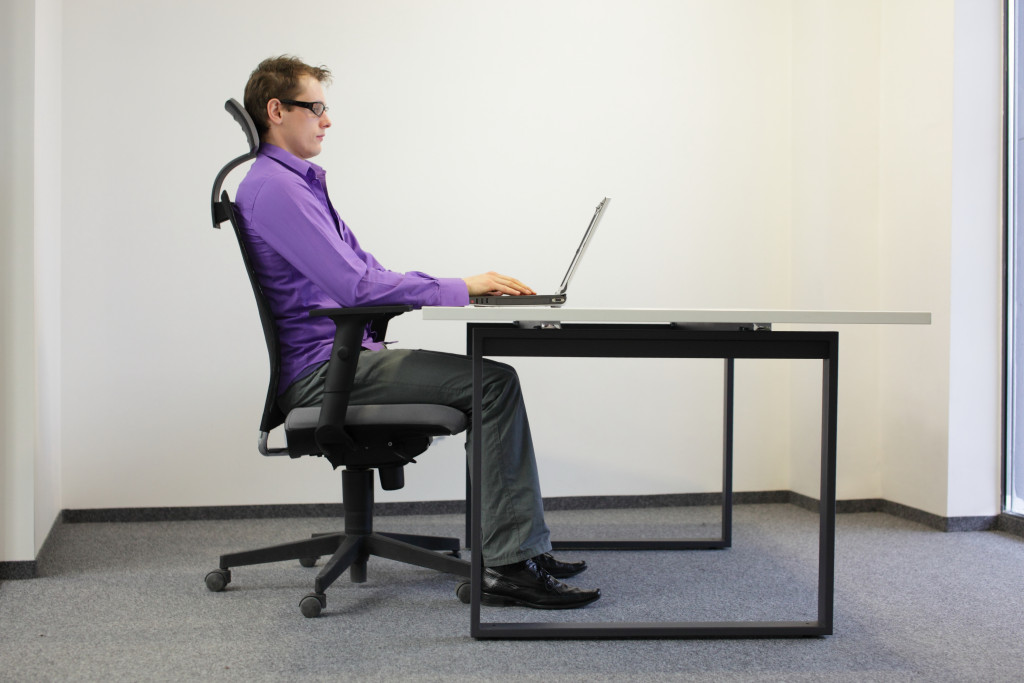Lower back pain is a widespread complaint, especially among those who spend most of their day sitting and working in an office. According to a 2015 American Physical Therapy Association (APTA) survey, 70% of people diagnosed with lower back pain reported that it was because of their desk job. This number has undoubtedly grown since the study was conducted.
The problem can be attributed to our increasingly sedentary lifestyles, as we tend to sit for extended periods without taking proper breaks or engaging in physical activity. Poor posture, weak core muscles, and inadequate chair support can further exacerbate the issue. The long-term effects of such activities include chronic back pain and other musculoskeletal problems like fatigue, muscle tension, and joint stiffness.
Research published by the National Institute for Health and Care Excellence (NICE) found that lower back pains caused by sitting were associated with an increased risk of disability benefits claims. Furthermore, a study published in 2016 estimated that nearly 112 million work days are lost each year due to low back pain-related illnesses, costing employers more than $100 billion annually in direct medical expenses alone.
Unfortunately, you might be one of the many people who struggle with chronic lower back pain due to your desk job. It’s essential to reduce the risk of further injury and find relief from these debilitating symptoms. Here are some tips for managing lower back pain.
Take Scheduled Breaks

Lower back pain can be caused by sitting for extended periods without taking proper breaks or engaging in physical activity. People need to take scheduled breaks throughout the day to help ease the symptoms and prevent further injury.
It is recommended that people take frequent breaks from sitting every 30 minutes or so. During this time, they can stand up and stretch, walk around, or get fresh air outside. Taking a few minutes to adjust posture, change position, and shift weight can also be beneficial in preventing lower back pain.
Exercise is an effective way to reduce lower back pain and improve overall health and wellness. Working out regularly strengthens core muscles, which helps support the spine and maintain good posture. It also releases endorphins which act as natural painkillers and reduce inflammation.
In addition to exercise, yoga is another great tool for managing lower back pain. It helps stretch and strengthen supporting muscles while improving flexibility and mobility of the spine. Yoga poses like downward dog focus on lengthening the spine while others like cobra pose promote relaxation of the shoulders and upper back, easing tension in those areas.
Lastly, getting adequate rest is vital to reducing lower back pain symptoms since it provides much-needed relief from fatigue that can aggravate discomfort. Sleeping seven to nine hours per night will help the body recover faster from a strenuous workday and reduce inflammation associated with chronic pain conditions.
Focus on Ergonomics and Comfort

It’s essential to ensure that your workstation is ergonomically set up for optimal comfort and support. Start by choosing an appropriate chair with lumbar support that encourages good posture and a desk height that allows you to maintain a neutral position with elbows at 90 degrees.
Make sure to adjust the seat height so your feet are flush on the ground and allow enough space between the back of the knees and the edge of the seat. Furthermore, adjust the armrests to provide adequate support without putting too much pressure on the shoulders or wrists.
Finally, keep items like phones and keyboards within reach to avoid straining while reaching for them. A footrest can also help maintain proper posture while seated at a desk all day.
Here are a few more items to consider when trying to prevent back pain during a day desk job:
Seat cushion
A cushion can help to provide extra support and comfort. It provides a softer surface that can help prevent the back from getting stiff and sore.
Standing Desk
A standing desk allows for standing for a portion of the day and eases pressure on the lower back. It also helps encourage movement throughout the workday, essential for preventing lower back pain.
Backpack
When carrying a heavy laptop or weighing backpack, wear it on both shoulders consistently and use two hands.
Laptop stand
You can use a laptop stand to keep the device at eye level if working with a laptop. Many workers have to slouch when operating, making them develop a posture that constantly strains their lower back.
Taking the necessary precautions and following these tips can reduce the risk of developing lower back pain due to your desk job and help you live a more comfortable life.
Consult a Physician
If the pain persists, it’s essential to consult a physician for further guidance. A doctor can assess the underlying cause of your pain and provide targeted treatment options to help you find relief from your symptoms.
You can also get an open upright MRI if you suspect having a herniated or bulging disc. This type of scan provides detailed images of the spine to help identify potential issues and provide a better understanding of your condition.
Getting the correct diagnosis is essential for successful treatment. A doctor can also suggest lifestyle changes such as ergonomic adjustments, physical therapy, exercises, and medication that will help improve your quality of life and reduce pain levels associated with chronic lower back pain caused by desk jobs.
Final Thoughts
Lower back pain is a common problem among office workers due to our increasingly sedentary lifestyles. Taking proper breaks from sitting, engaging in regular exercise, getting adequate rest, setting up an ergonomically comfortable workstation, and consulting with a physician are all practical measures to reduce the risk of developing lower back pain due to a desk job.